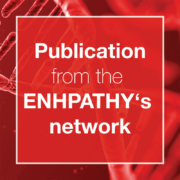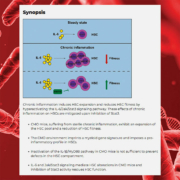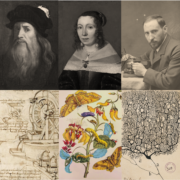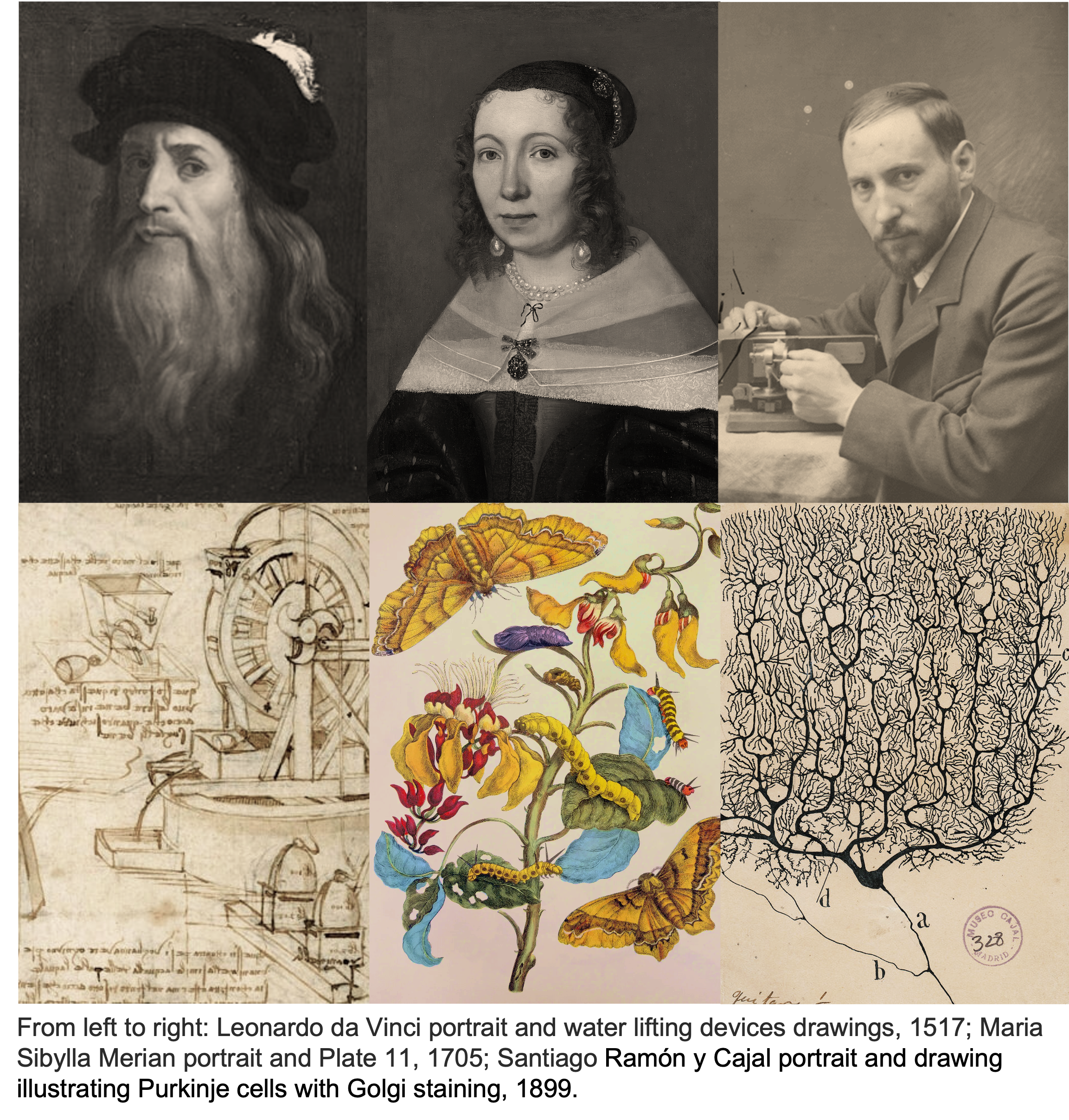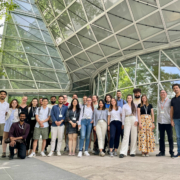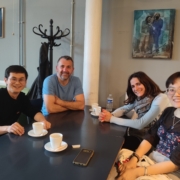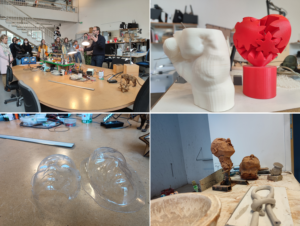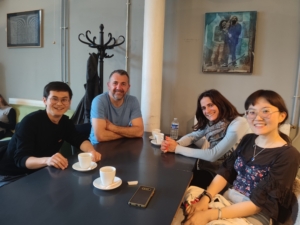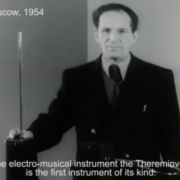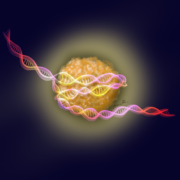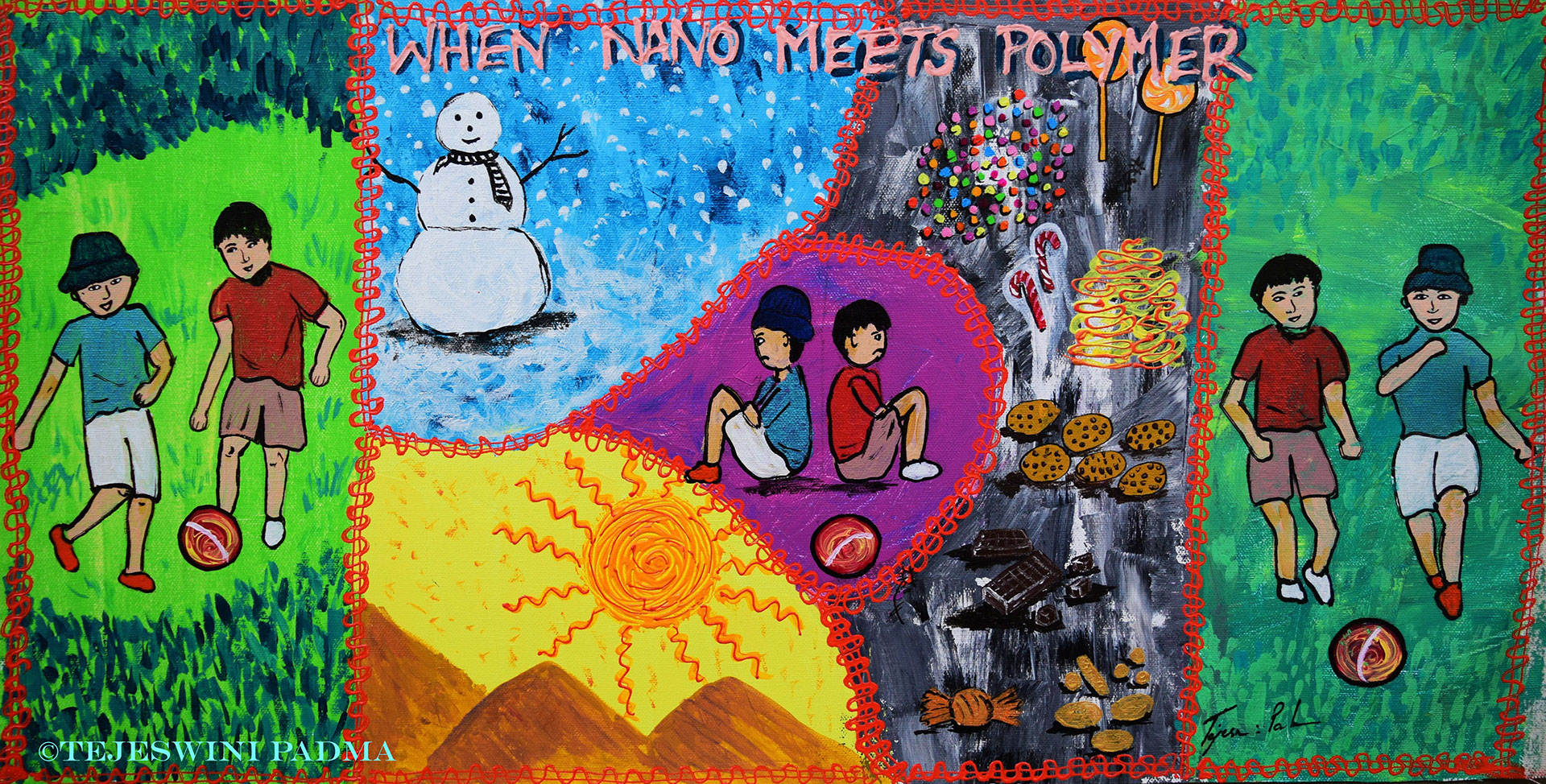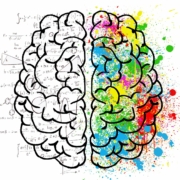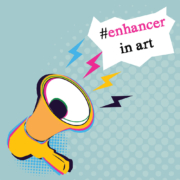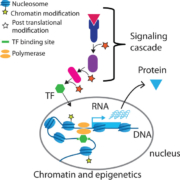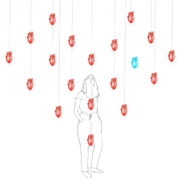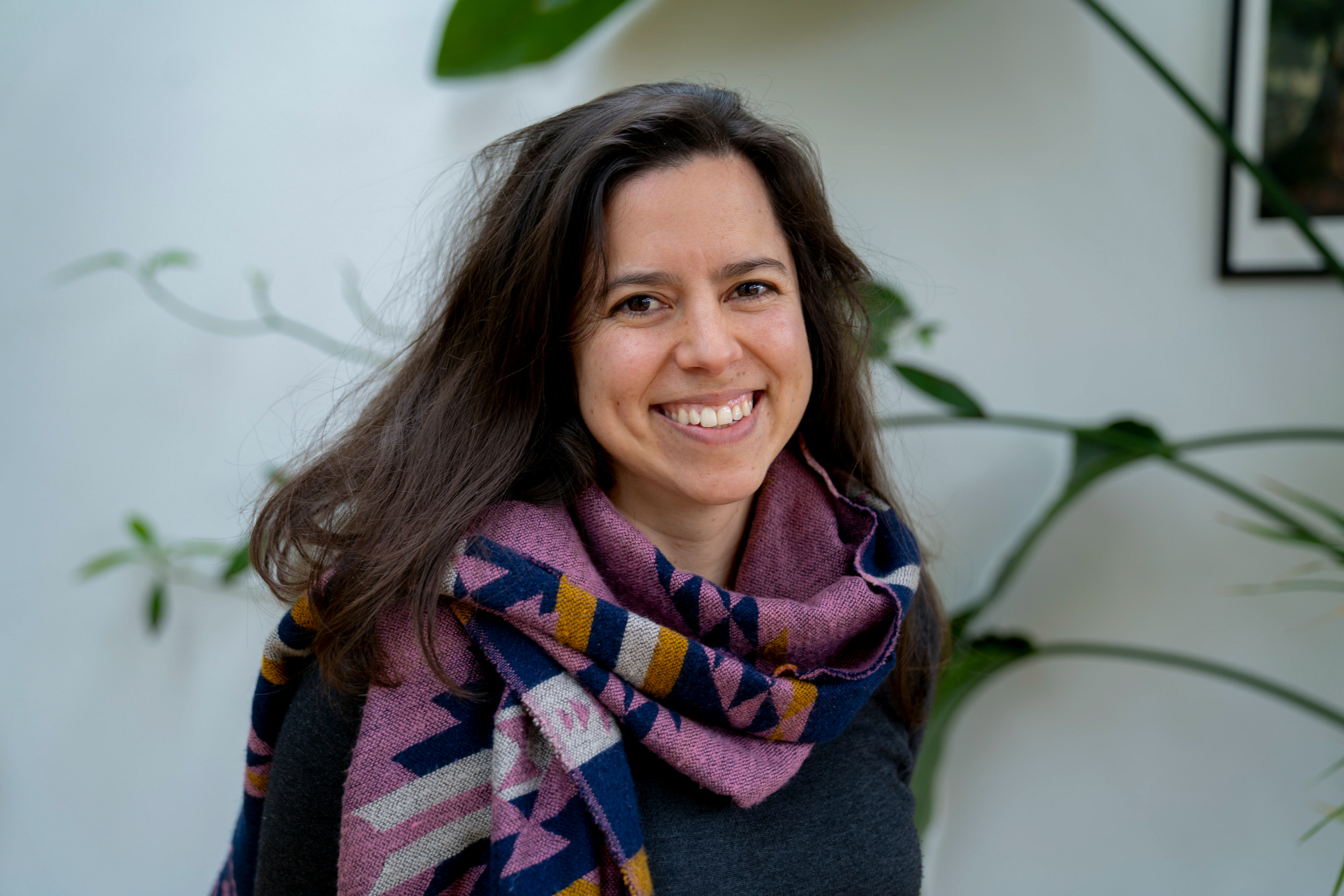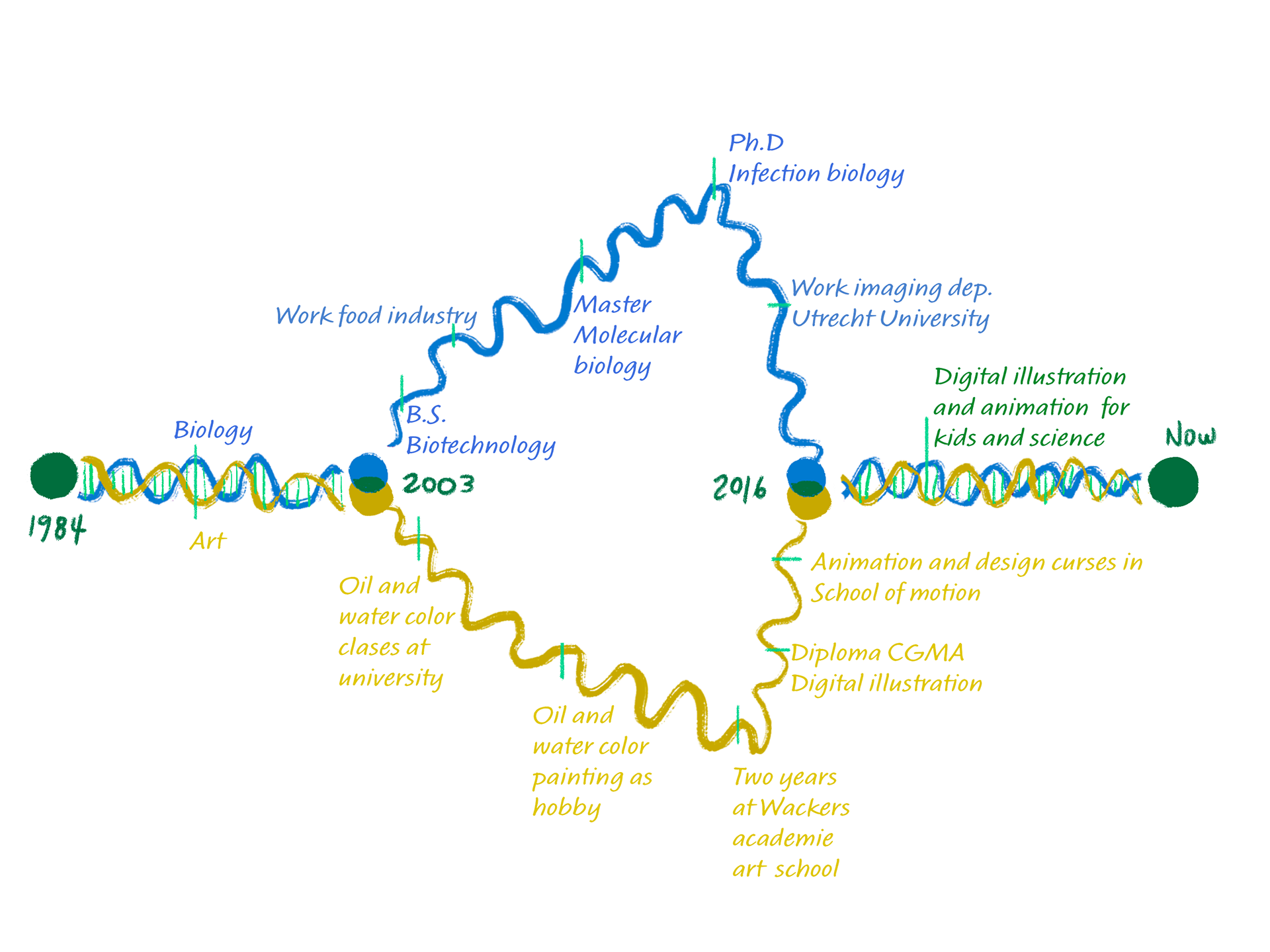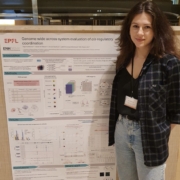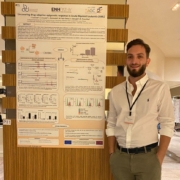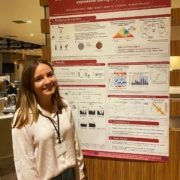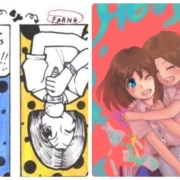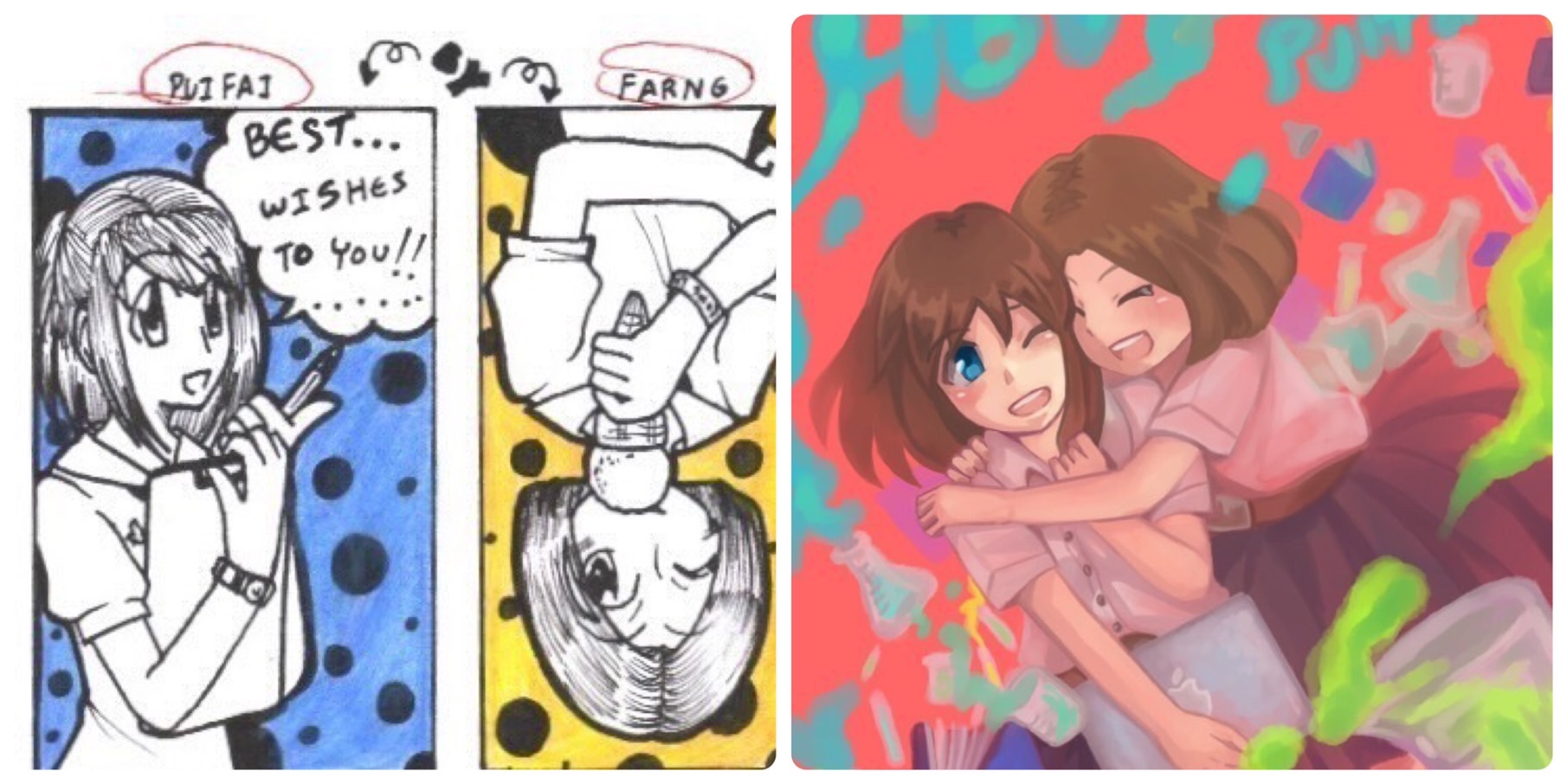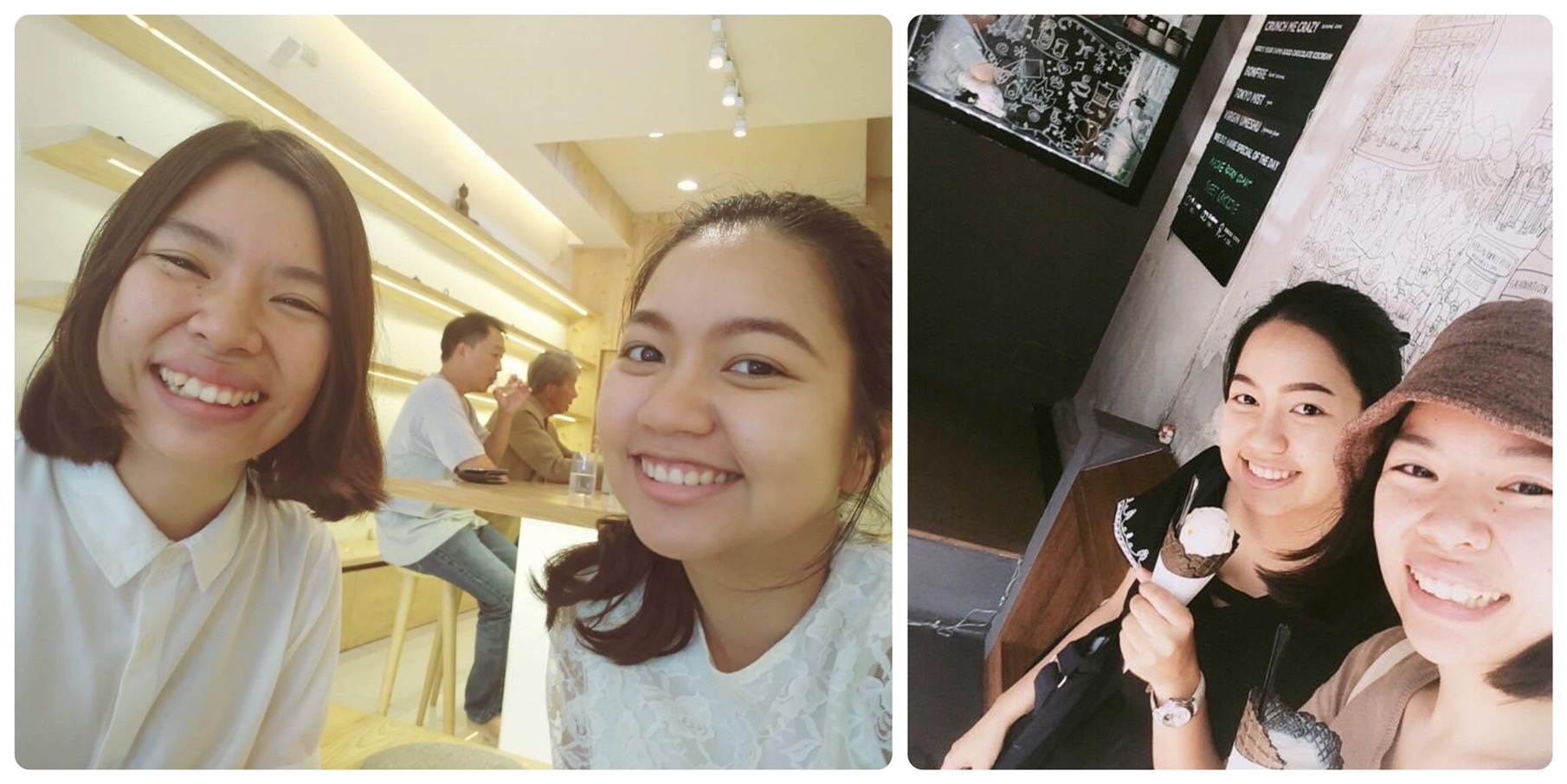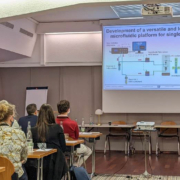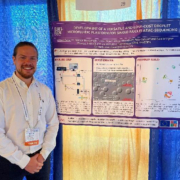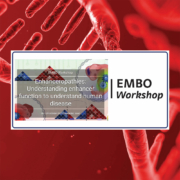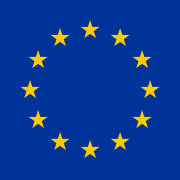“Art and science aim to unveil the universal perception of the subjects they examine.”
Both art and science seek to impact humanity by donating a meaningful story. Their efforts are consistently focused in reflecting and understanding the nature of our world. They both move fast, while intending to remain time-less. Art, as an universal language, helps science to be more accessible to a broader public. Science in return, has been a source of inspiration for many artists throughout history. Both have faced, and still do, endless difficulties in their mission to shed a light of truth. They require sacrifice, resilience, and patience. Both are exciting, unpredictable and consequential. Their resemblance increases the more one thinks about them.
What I just wrote, is nothing new. We have heard of the bright sides of art and science, and we know first hand, how beautiful they can be. To give it a twist, I will dive into some of the common struggles that artists and scientists share during their discovery journey. A small reminder before the next lines: this is of course, an opinion article. Feel free to skip the chapters you don’t see your self reflected into.
The shared emotion behind science and art
Chapter one: self doubt
To create, does not come with ease. To be able to stand out in this journey, is an even more challenging task. The new-born artist, as the new-born scientist, enter a world where our own self-worth is often at stake. We mostly do so with innocence and a hand full of ideas, confidence and dreams. Inevitably during the first years of our career, and for as long we remain being artists and scientists, our ideas and discoveries will undergo a merciless process of trial and error. Our work will become an absolute reflection of how capable, bright, and resourceful creators we are.
I might be adding some theatricals to embellish this thought. But, wouldn’t you agree? When we are working on an experiment over and over and we do not succeed.. one might start questioning their own capacity to perform it. One might start to fear of what their supervisor or colleagues might think. Am I good enough? I presume, you can think of some intrusive thoughts that hunt us in this situations. I would imagine, that artists go through the same experience when they are trying to figure out, for example, which is their own style. They might doubt themselves. They might get hit by the popular “impostor syndrome”. And sometimes, so do we, scientists.
Chapter two: uncertainty
Artists and scientist do not only share a goal, but we also face a sense of vulnerability and uncertainty that often threatens our work. The principle behind, is that regardless our efforts, there is no guarantee, to achieve what we intend to.
An artist can have created with an imaginative hand and can have persisted until shaping the exact shade of emotion they wanted to capture. Nevertheless, it is likely, that asides from the closest circle of people surrounding them, no one will ever appreciate their work. Artists need to live with the possibility of their piece never being shown at a gallery or complimented by an expert. In in other words, that their work does not become transcendental.
In the exact shape, only a small percentage of scientists will make it to a big name and will be able to deliver an essential missing piece of information or develop a novel technique. Not every scientist will be able to publish in the highest impact factor journal. For some of us, a small contribution to a bigger picture will be the work of our lives.
We do know, that uncertainty can be one of the reasons why remaining an artist or a scientist during the years, is considered by many, something to admire.
Chapter three: time
For artists and scientists: Days are weekends that are months. Evenings are hours that are already mornings.
A lot of time. Not enough time
I think there are no words needed for this chapter.
Chapter four: acceptance
Both artist and scientists have to face this chapters at some point of their career. They have to face many other more, that I have intentionally omitted.
To do so, I think we need to feel fulfilled by our life choice. I have heard that often artists see their creation as a part of themselves. I would say, we scientists relate to our work in a very similar way. The artist and the art, and the scientist and the science. It is a one of a kind connection that makes us accept all of this facts, with a blink of an eye.
Chapter five: success does not equal fame
And now, a small reflection that might help, when are stuck in one of this chapters.
That artists or scientists do not become a recognized figure, does not mean that they did not have brilliant ideas and a fantastic story to tell. Think of the times, when artists and scientists have brought concepts that the world was not ready for yet. For your inspiration:
Ada Lovelace (nationalgeographic.com)
Greco (Doménikos Theotokópoulos). Museo Nacional Thyssen-Bornemisza (museothyssen.org)
There are difficulties in science that are beyond of our control. Same applies to artists. I am sure you can also think of a couple of examples. It repeatedly happens that an artist and scientist might have the brightest idea but lack the resources to conduct it. Other times, they might have perfected their story, but not have the opportunity to make it available to the desired public. Or it might not be recognized in the way it deserves. The list goes on and on.
I am under the impression, that success, does not often correlate with the personal capacity of the artist or the scientist to shape a new story into this world. And I think, that keeping this in mind, might actually help us avoid falling into these chapters.
With this, the end of my article.
An unknown artist for my take on art and science
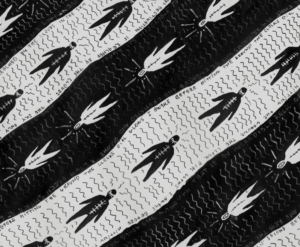 O.M.
O.M.
In my (humble) opinion,
Art and science, to be truly enjoyed, should be done without any higher expectation of fame or greatness. That is why, in my take on enhancers in art, I would like to stay truthful to my thoughts. I intend to give the opportunity that Enhpathy offers to a new artist. I hope that by doing this, I will be able to convince you, that artists and scientists go hand in hand in the journey of creation.
Read more
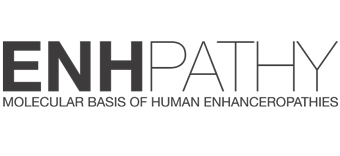

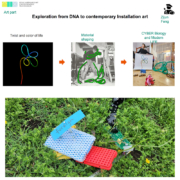
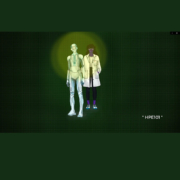
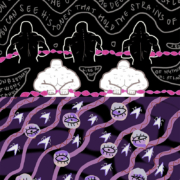

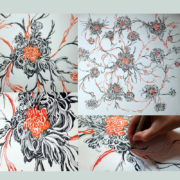
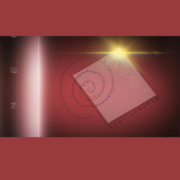
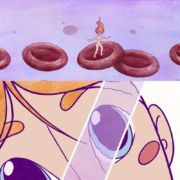
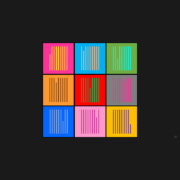
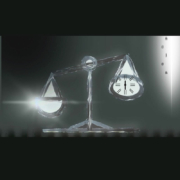
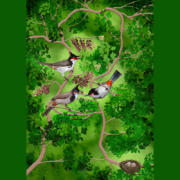


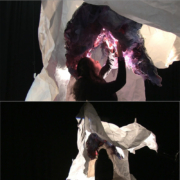
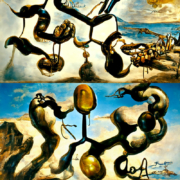
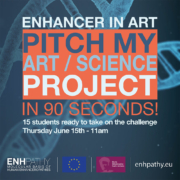


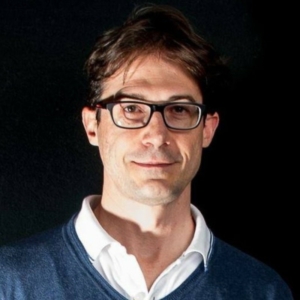
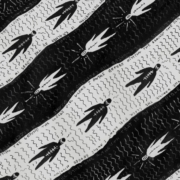
 O.M.
O.M.